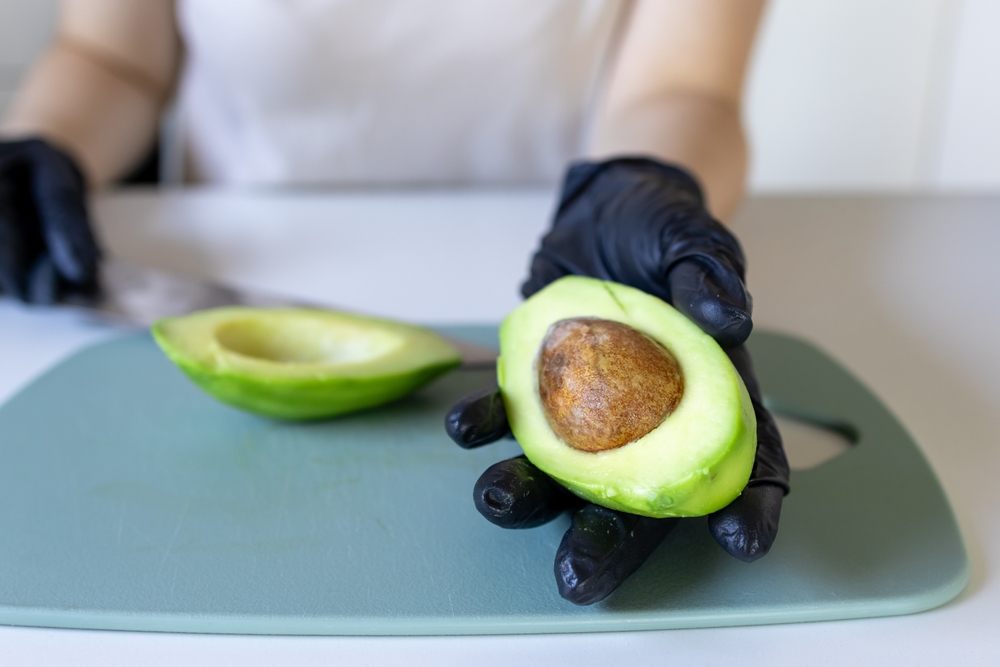The Avocado Test: What to Check Before You Buy
Others are reading now
Avocados are one of those fruits that can go from perfect to spoiled in just a few days.
If you’ve ever bought one, you know the struggle. It feels firm one moment and turns mushy the next.
Knowing when it’s gone bad can save you from disappointment—or a ruined meal.
Let’s look at some clear signs that your avocado is no longer good to eat, according to Healthline.
Also read
Start with the feel of it. If it’s rock hard, it’s not ripe yet. If it gives a little when you gently press with your palm, it’s probably ready.
But if it feels very soft or mushy and leaves a deep dent when you press, it’s likely too far gone.
Also, if the skin looks flat or sunken before you even touch it, that’s not a good sign.
Next, look at the skin color. If you have a Hass avocado, it should be dark green or brown when ripe.
But if the skin turns nearly black and it feels mushy, it’s most likely spoiled.
Some other types, like Fuerte or Zutano, stay green even when ripe. For those, go by feel instead of color.
Once you cut it open, the flesh should be light green. Brown or black spots, streaks, or a grayish color usually mean it’s spoiled.
If it’s just one small bruise, you can cut that out. But if the whole inside is dark or stringy, toss it.
Smell and taste also matter. A fresh avocado smells a little sweet and nutty.
If it smells sour or has a chemical scent, don’t eat it. That means it’s likely rancid. The same goes if it tastes weird or bitter.
If you spot mold, throw the whole thing away. Mold can spread through soft flesh even if you only see it in one spot.
To keep your avocados fresh longer, store them in the fridge once they’re ripe.
And if you’ve already cut it, brush the flesh with lemon juice to slow browning.
When in doubt, trust your senses. If it feels wrong, smells off, or looks bad—it probably is.


